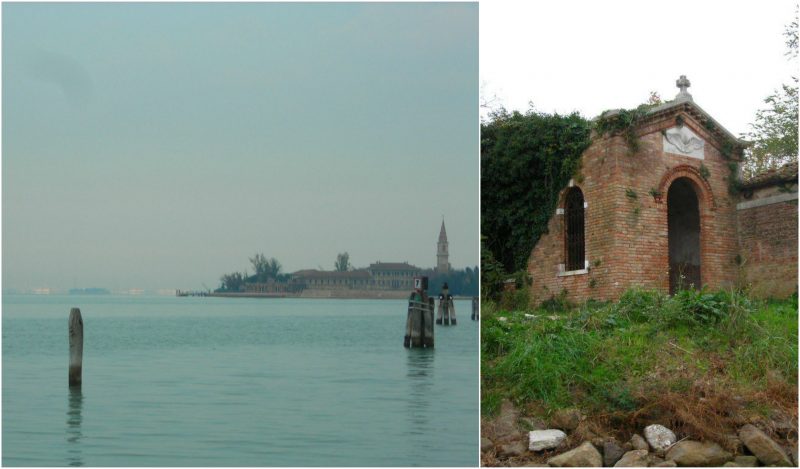In the Adriatic Sea, there is a tiny island in the Venetian Lagoon between Venice and the Lido with an immensely gloomy and perverse past. The tiny island of Poveglia was once the final home to more than a 160,000 people infected with the plague, who had been sent to the ill-fated island to spend what days they had left before they died.
The attention Poveglia draws today appeals mostly to supernatural investigators, ghost hunters, and anyone who has a strong fortitude and fascination for areas that are largely avoided and off-limits to visitors. The island served as a confinement station for so long and for so many infected souls that one hears whispers that 50% of its land mass contains human skeletons. In a sense, those whispers were somewhat vindicated a short while ago when archaeologists working on the nearby quarantine islands of Lazaretto Nuovo and Lazaretto Vecchio unearthed a mass burial site with the remains of thousands of plague victims.
The island is first mentioned in chronicles of 421 AD. In the 9th century the island’s population continually increased, and in the following centuries, its importance grew steadily as well. In 1379, when Venice came under attack, all of the people of Poveglia were moved off the island.
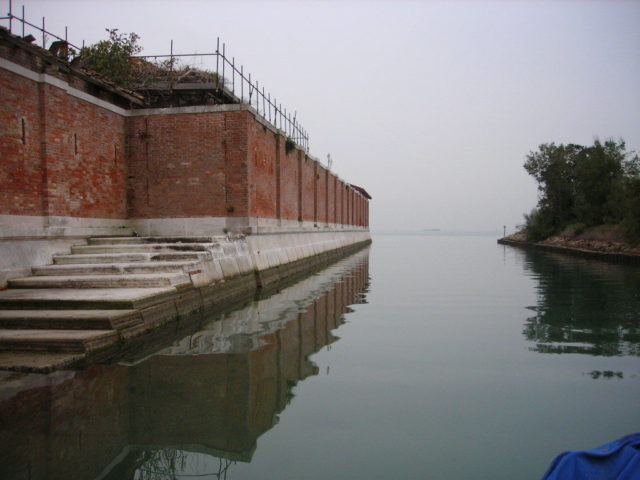
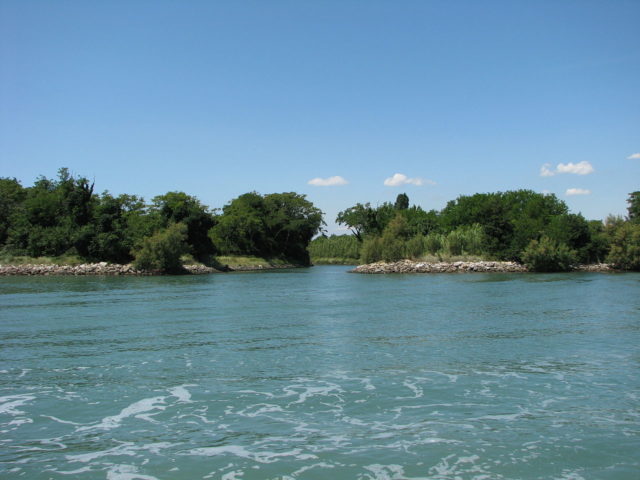
In 1527, the elected chief-of-state offered the island to the Camaldolese monks, who refused it. Poveglia remained unoccupied in the succeeding centuries. In 1645, the Venetian government began building five octagonal fortifications to protect and control the entrance to the Venetian Lagoon; only four remain, of which the Poveglia octagon is one.
In 1776, Poveglia was assigned to the authority of the Public Health Office and became a checkpoint for people and supplies entering and leaving Venice by ship. In 1793, there were several cases of the plague on two ships, and almost immediately Poveglia became a temporary isolation station for the ill – a “lazzaretto”. This function became permanent in 1805 under the rule of Napoleon Bonaparte, who also destroyed the revered old church of San Vitale; the old bell tower became a strategic lighthouse. In 1814, the ‘lazzaretto’ was closed down.
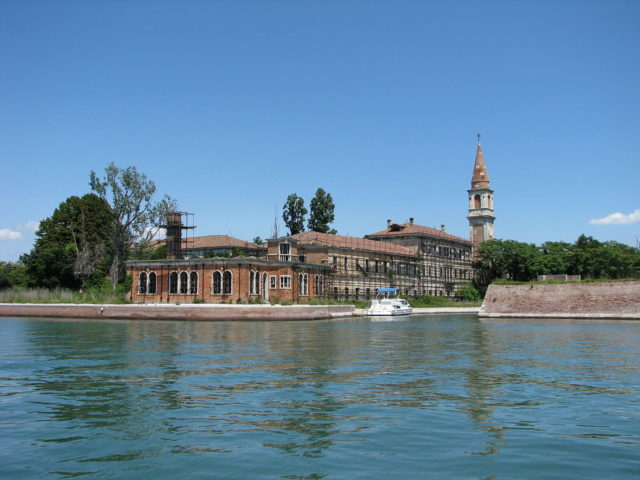
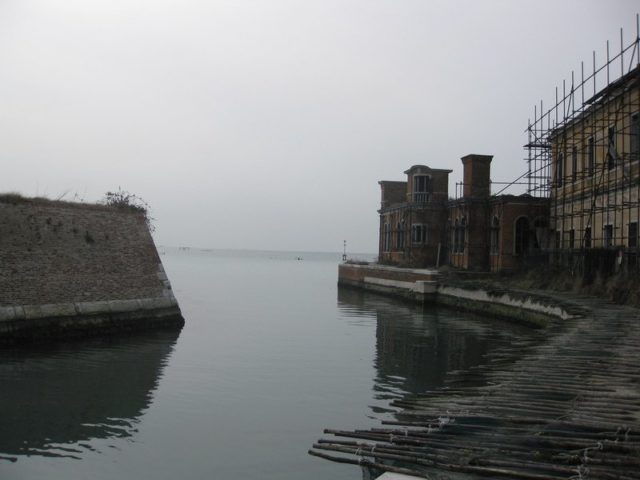
During the 20th century, Poveglia was again used as a confinement island, but not in the same way. The buildings were transformed into an asylum for the mentally impaired in 1922. There were persistent rumors that a doctor allegedly experimented with crude lobotomies performed on patients.
Later, it was said that he threw himself from the hospital tower after claiming he had been driven mad by ghosts; although some say he was thrown off the tower.
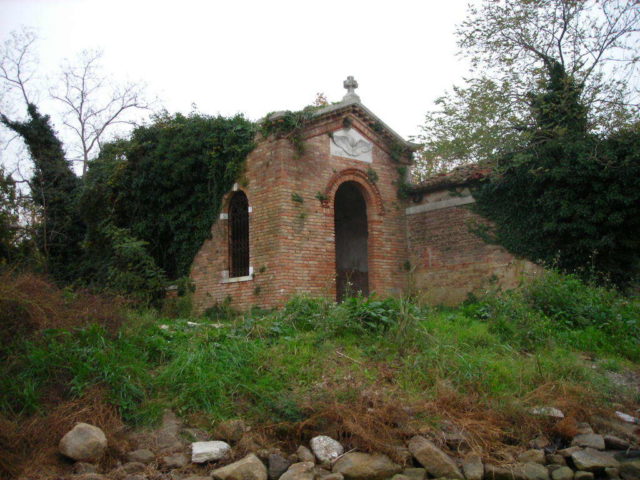
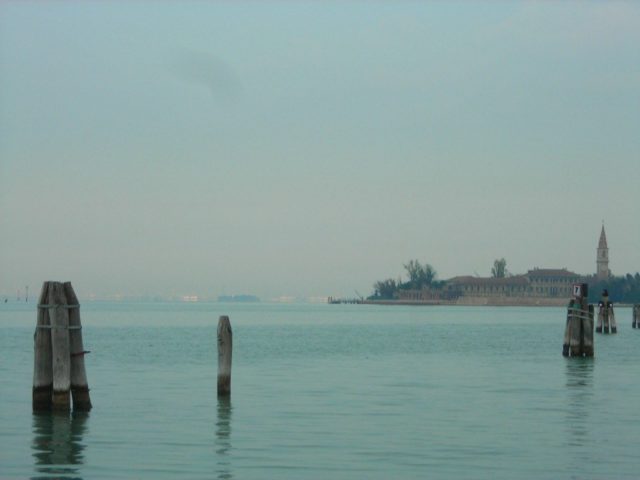
Poveglia has been showcased on TV, being featured on the Scariest Places on Earth and the paranormal show Ghost Adventures. In 1968, the hospital was closed down, and the island was completely abandoned.
A dark Polish graphic novel has its setting on Poveglia – it focuses on a sick girl and boy with the plague trying to escape from the island while being hunted down by the “Plague Doctors”.
